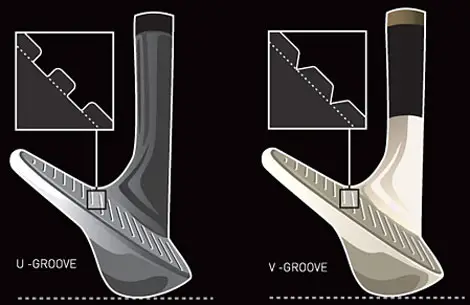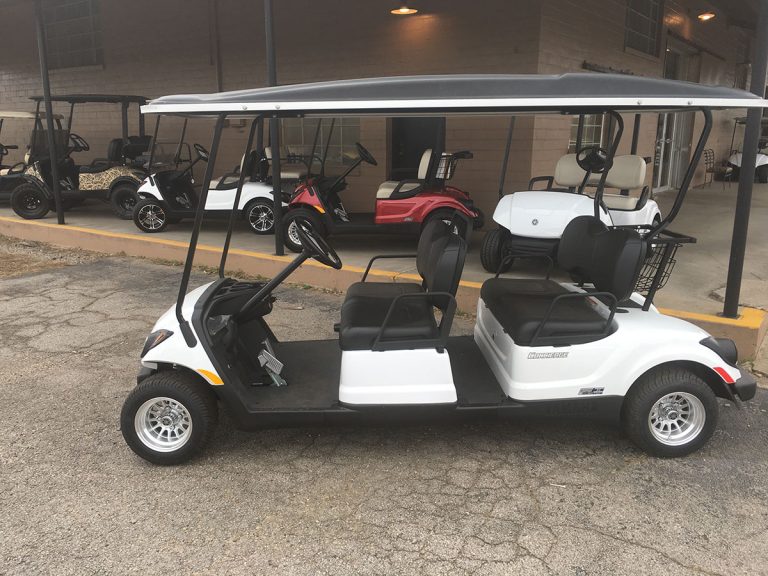How Long Does It Take to Charge a Golf Cart

Golf carts have become an indispensable mode of transportation on golf courses and in various other settings. Whether you own a golf cart for personal use or operate a fleet of carts for commercial purposes, understanding the charging time is crucial for seamless operation. How long does it take to charge a golf cart? The answer depends on various factors, including the battery type, charger specifications, and the state of charge. In this article, we will delve into the intricacies of charging a golf cart, providing you with valuable insights to optimize the charging process.
Charging time plays a significant role in the usability and efficiency of golf carts. It determines how quickly you can get your cart back on the course or keep your operations running smoothly. Factors such as battery capacity, charger output, and the condition of the batteries influence the time required for a full charge. By understanding these factors and implementing best practices, you can ensure that your golf cart batteries are adequately charged and ready for use.
In the following sections, we will explore the various factors that affect the charging time of golf carts, including different battery types and their charging characteristics. We will also discuss typical charging timeframes and provide valuable tips to help you optimize the charging process. So, let’s dive into the world of golf cart charging and unlock the knowledge you need to keep your golf carts powered up and ready to roll.

Factors Affecting Charging Time
Several factors influence the time it takes to charge a golf cart. Understanding these factors will help you estimate the charging duration and optimize the process for your specific needs.
Battery Capacity and Voltage
The battery capacity and voltage play a significant role in determining the charging time of a golf cart. Higher battery capacities typically require more time to charge fully. Additionally, the voltage of the charger and the golf cart’s electrical system affects the charging speed. Most golf carts operate on a 36-volt or 48-volt system, and the charger should match the cart’s voltage for optimal charging efficiency.
State of Charge
The state of charge refers to the current level of charge in the battery. The time it takes to charge a golf cart will vary depending on whether you are performing a full charge or a partial charge. When the battery is almost fully discharged, it will take longer to charge compared to a battery that only requires a partial recharge. It is generally recommended to avoid frequent partial charges and aim for full charging cycles to maintain battery health.
Charger Specifications
The charger specifications, including its output power and charging rate, significantly impact the charging time. Chargers with higher output power can charge the battery faster. Additionally, the efficiency of the charger affects the charging time as well. A more efficient charger will convert more of the electrical energy into charging the battery rather than losing it as heat.
Battery Types and Charging Time
Different types of batteries are used in golf carts, and their charging characteristics can vary. The two common types are lead-acid batteries and lithium-ion batteries. Let’s explore how these battery types affect the charging time.
Lead-Acid Batteries
Lead-acid batteries have been traditionally used in golf carts for their reliability and cost-effectiveness. Charging lead-acid batteries typically takes longer compared to other battery types. On average, it can take anywhere from 6 to 10 hours to fully charge a lead-acid battery, depending on its capacity and state of charge. It is important to follow proper charging procedures and avoid overcharging, as it can negatively impact battery performance and longevity.
Lithium-Ion Batteries
Lithium-ion batteries are gaining popularity in golf carts due to their lightweight, high energy density, and faster charging capabilities. Lithium-ion batteries can be charged at a much faster rate compared to lead-acid batteries. Depending on the charger specifications and battery capacity, a lithium-ion battery can be fully charged in approximately 3 to 5 hours. However, it is crucial to use chargers specifically designed for lithium-ion batteries to ensure safe and efficient charging.
Typical Charging Timeframes
While the charging time of a golf cart can vary based on several factors, there are some common charging timeframes that can serve as a reference point. Let’s explore these typical charging durations.
Overnight Charging
One common approach to charging a golf cart is overnight charging. Many golf cart owners prefer to plug in their carts overnight, allowing ample time for the battery to charge fully. During overnight charging, the golf cart can remain connected to the charger for an extended period, ensuring that the battery reaches full capacity. The charging time for overnight charging typically ranges from 8 to 10 hours for lead-acid batteries, while lithium-ion batteries may require around 4 to 6 hours to complete a full charge. Overnight charging is convenient because it allows you to start your day with a fully charged golf cart, ready for your golfing adventures.
Fast Charging Options
In addition to overnight charging, there are fast charging options available for those who require a quicker turnaround time. Fast charging systems utilize higher voltage and current levels to expedite the charging process. These systems are commonly found in golf courses, where there is a need to charge multiple golf carts efficiently.
Fast charging options can significantly reduce the charging time, providing a full charge in as little as 1 to 2 hours for both lead-acid and lithium-ion batteries. However, it’s important to note that fast charging may generate more heat, which can impact the overall battery lifespan. Therefore, it’s advisable to use fast charging sparingly and rely on regular charging methods for everyday use.
Charging Tips and Best Practices
To optimize the charging time of your golf cart and maintain the health of your batteries, consider implementing the following tips and best practices:
Proper Battery Maintenance
Maintaining your golf cart batteries properly is essential for optimal charging performance. Regularly check the battery terminals for corrosion and clean them if necessary. Ensure that the batteries are securely connected and that the cables are in good condition. Proper battery maintenance can help prevent charging issues and prolong the lifespan of the batteries.
Temperature Considerations
Temperature can impact the charging efficiency and battery performance. It is best to charge your golf cart in moderate temperature conditions, preferably between 50°F (10°C) and 80°F (27°C). Extreme temperatures, both hot and cold, can affect the charging process and potentially damage the batteries. If charging in hot conditions, ensure proper ventilation to dissipate heat generated during the charging process.
Charging Etiquette
When sharing charging stations at golf courses or facilities, it is important to observe charging etiquette to ensure fair usage and efficient charging for all golf cart owners. Avoid leaving your cart plugged in for longer than necessary, as it may prevent others from utilizing the charging stations. Be considerate of others and follow any guidelines or time limits set by the facility to promote a smooth charging experience for everyone.
Conclusion
Understanding the factors that affect the charging time of a golf cart is vital for efficient usage and battery maintenance. Factors such as battery capacity, charger specifications, and the state of charge influence the charging duration. Lead-acid batteries generally require longer charging times compared to lithium-ion batteries, which offer faster charging capabilities.
By following proper charging practices, such as overnight charging or utilizing fast charging options sparingly, you can ensure your golf cart is ready for your next round of golf. Remember to prioritize battery maintenance, consider temperature conditions, and observe charging etiquette when sharing charging stations. With these tips and a good understanding of the charging process, you can optimize the charging time of your golf cart and enjoy uninterrupted golfing experiences.





